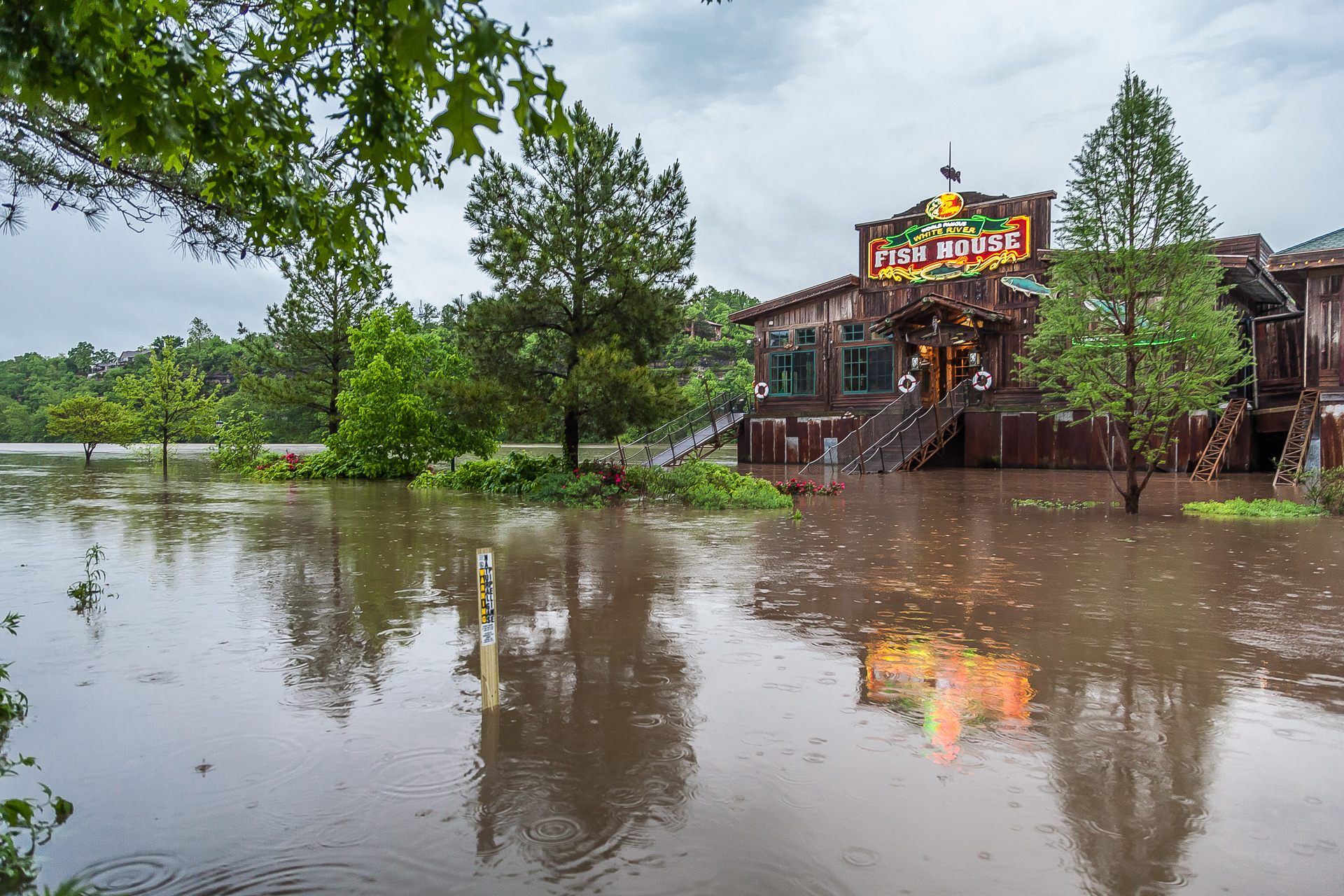
By Peter Szekely
NEW YORK (Reuters) – Heavy, wind-driven rain soaked the New York City area on Friday afternoon, causing local flooding and an array of transportation delays across the heavily populated region.
The National Weather Service issued flash flood warnings for much of New York City and several suburban counties as a weather system that stretched across much of the Eastern Seaboard dumped three inches of rain on the metropolitan region in three hours.
The rain forced the closure of Manhattan’s West Side Highway, a major thoroughfare along the Hudson River, for at least 10 blocks, and caused extensive traffic delays citywide, New York City’s Office of Emergency Management said.
While the intensity of rainfall had diminished shortly before the evening rush hour, water in flood-affected areas was expected to take several hours to recede.
The weather service received reports of flooding across all five boroughs of New York City, prompting some vehicle rescues, spokesman Tim Morrin said.
“The problem was the rain came down so heavy and so fast that the drainage couldn’t keep up,” Morrin said. “Roads became quickly impassible.”
Many flights in and out of New York airports experienced long delays and there were many cancellations. Hardest hit was LaGuardia Airport, where more than 34 percent of departing flights were delayed and 14 percent canceled, according to FlightAware, a website that tracks air travel.
The PATH rail service that connects New Jersey to Manhattan suspended service on two lines on Friday, citing a power problem.
Flooding forced the temporary closure of the main entrance to Manhattan’s Pennsylvania Station, according to local media. The reports could not be immediately confirmed by Reuters.
The weather-related disruption was especially aggravating for commuters from New Jersey and Long Island suburbs who have endured hours-long delays in recent weeks after derailments and other incidents at Penn Station.
Claire Jones, 19, who commutes from her home in New Jersey to New York, said her New Jersey Transit line running in and out of Penn Station was delayed at least six times this month.
“It’s difficult,” Jones said. “The main thing about time transit is that it’s convenient so you know if you get on this train at this time, you’ll get where you need to go, and when that doesn’t happen, it’s extremely inconvenient.”
Amtrak, which owns and operates New York’s Penn Station and leases tracks and space to NJ Transit and the Long Island Railroad, is planning to close some tracks for weeks and months at a time as it undertakes repairs
The station, with its decaying, century-old rail tunnels extending underneath the Hudson River, is a chokepoint on Amtrak’s Northeast Corridor, which runs from Washington to Boston.
The storm also caused inconvenience at the New York’s Oculus transportation hub in lower Manhattan, which opened only last August. Its roof began leaking, scattering hundreds of travelers, a Twitter-posted picture showed.
The Port Authority of New York and New Jersey, which operates the Oculus at the World Trade Center complex, could not immediately confirm the leak.
(Reporting by Laila Kearney, Gina Cherelus and Jonathan Allen; Writing by Peter Szekely; Editing by Leslie Adler)









